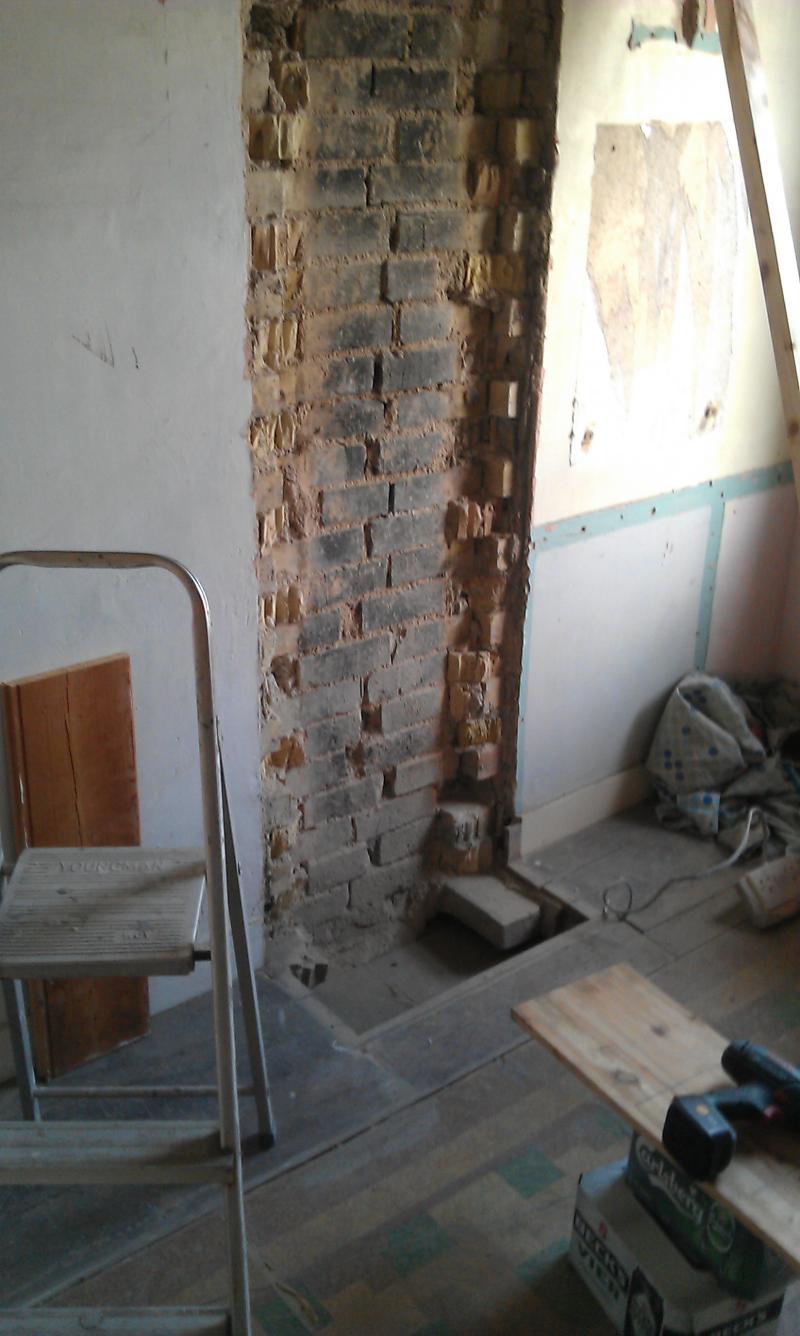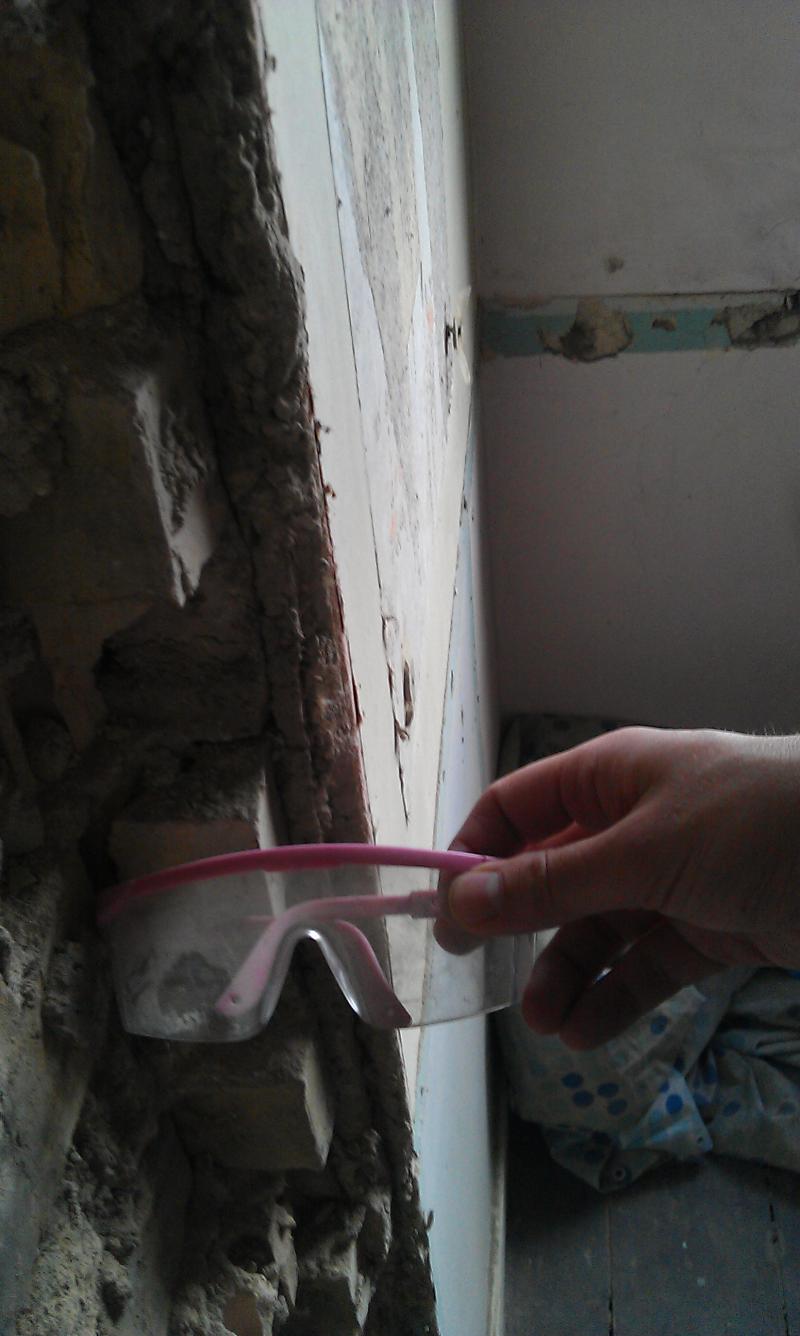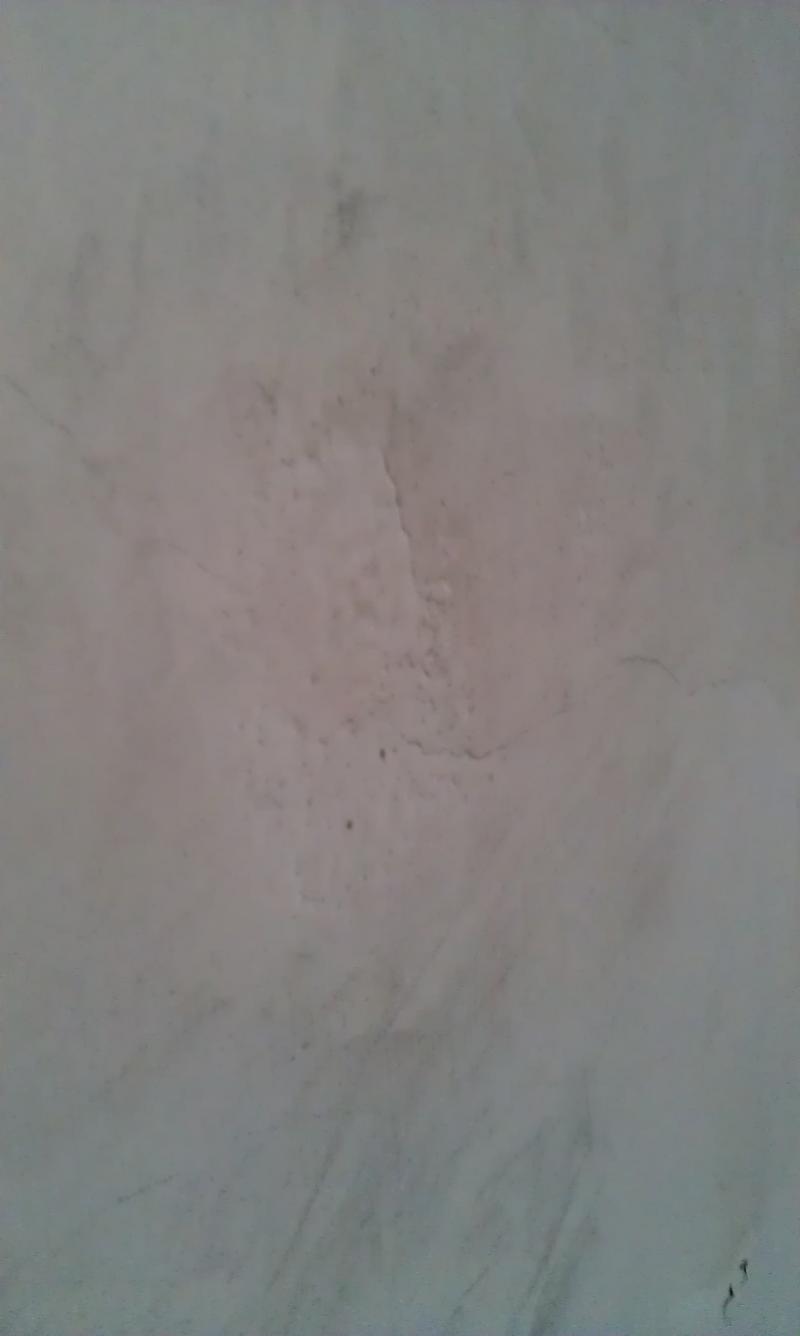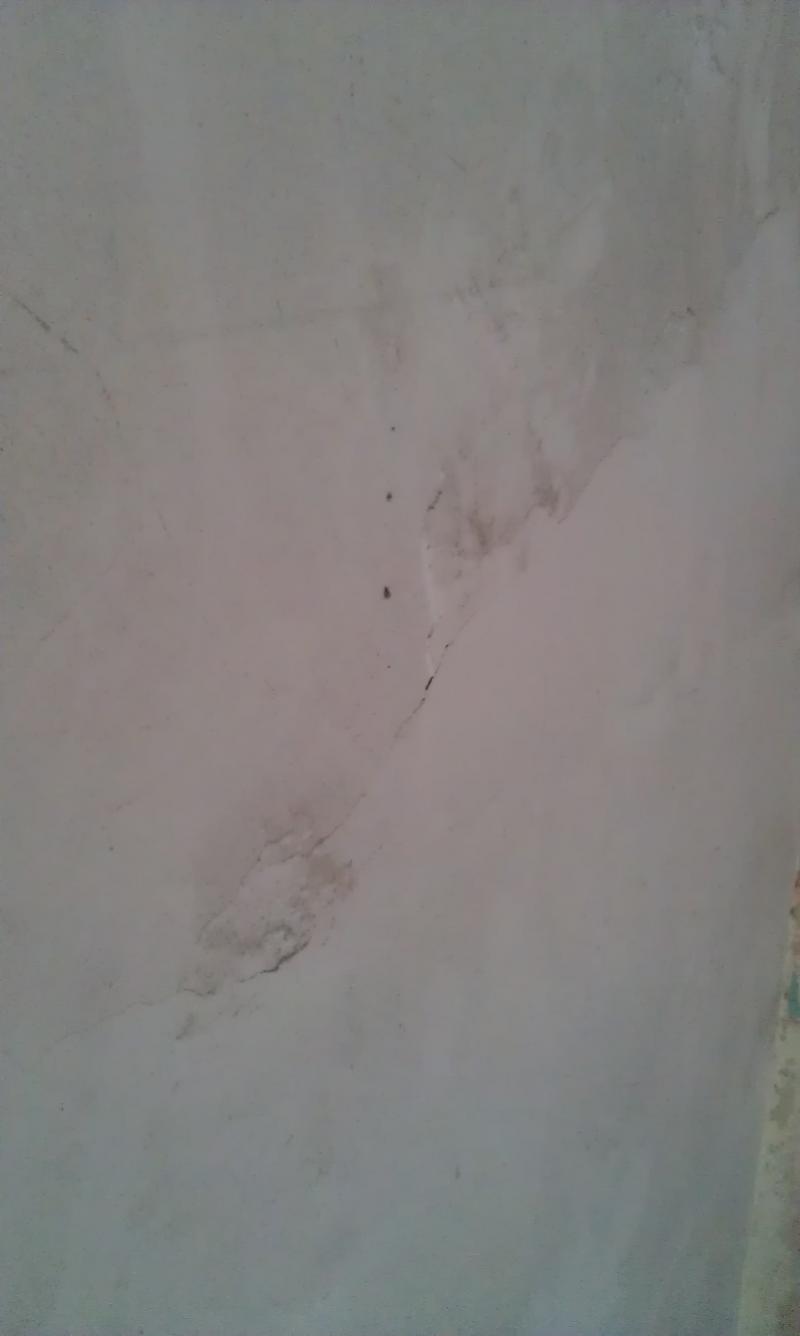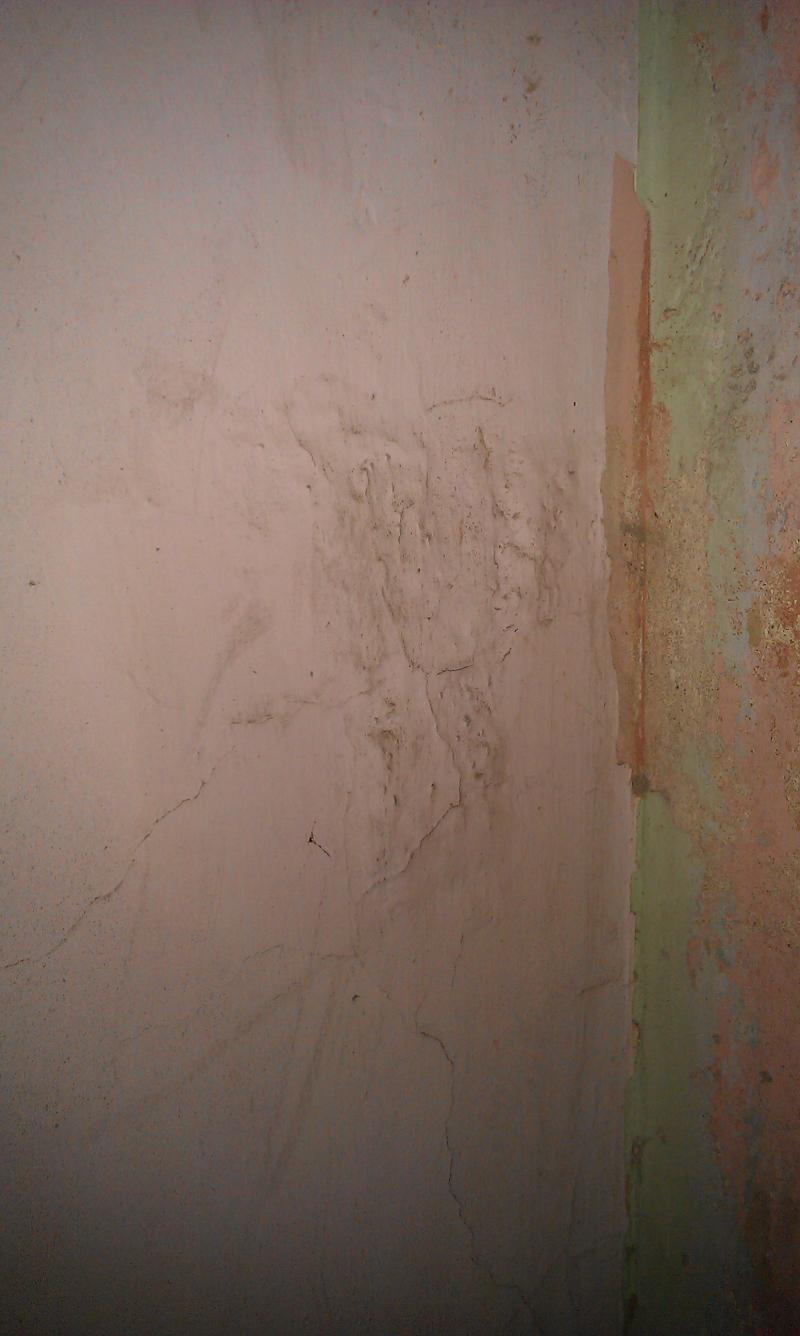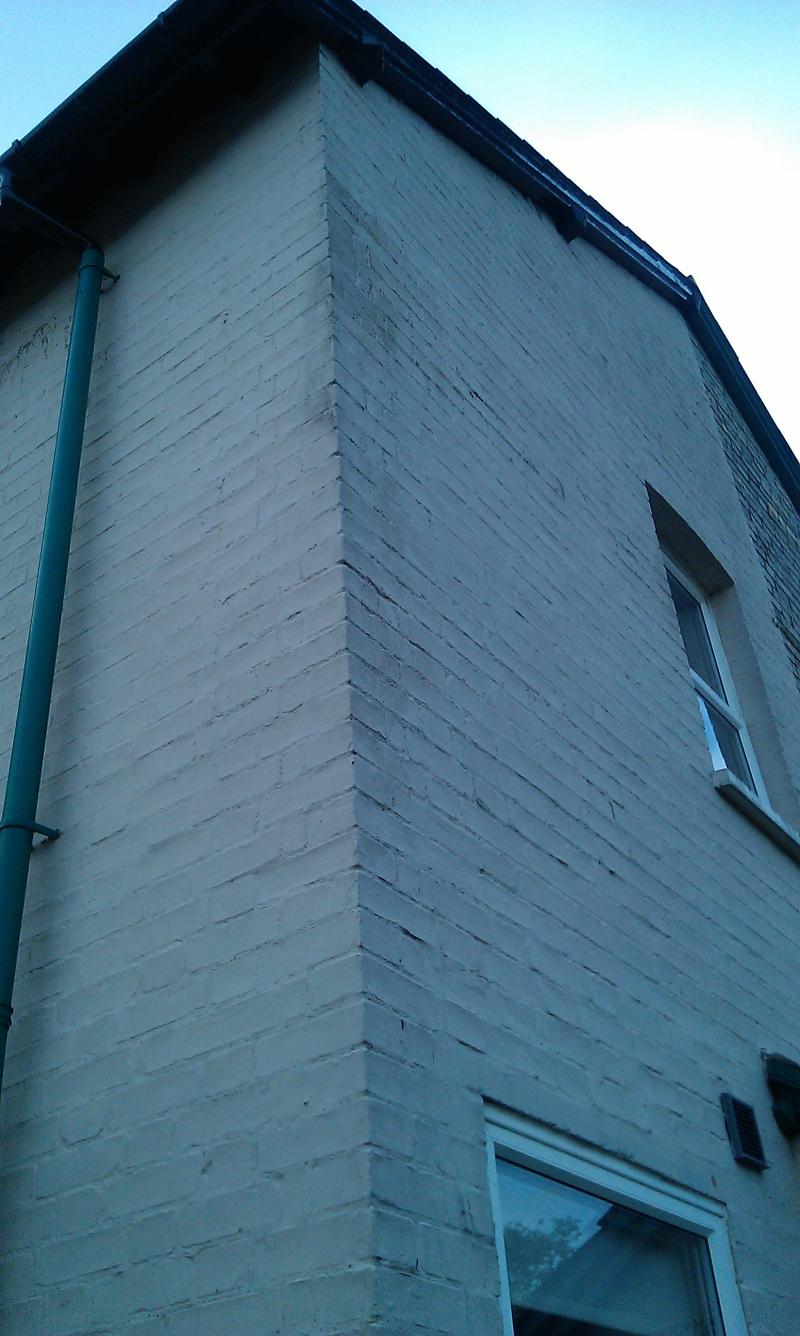We have a 1st floor bedroom at the back of the house which I'm looking to re-plaster over the jubilee weekend. The room has two external walls, and two internal walls. The house is from 1902, and all the walls are solid walls, not cavity. I'll also be re-plastering the ceiling.
We've removed a chimney from the room, and the recess left is pretty huge. Goggles for scale. It's around 100mm in places.
Firstly, what do I fill that void with? Bonding plaster, or some type of cement mix? And then skim over the top with multi-finish?
Secondly, there's no obvious damp, but I think the plaster has bubbled up in various places. Or maybe it's just bonding plaster? It has that bonding-plaster type of texture. It sounds pretty hollow when you tap it. Could that be what people call "blown plaster"? Could that be caused by damp, and if so does that affect what I need to do in order to plaster this wall? Here's are some pretty useless photos of some of it. It's not very photogenic.
It's not very photogenic.
As for the actual plastering, I don't think the solid walls are particularly damp. Do I use gypsum, or lime plaster on:
- the ceiling
- the external walls
- the internal walls
I've not used lime before.
Oh, and here's a photo of the exterior walls, for no reason other than to illustrate it's been painted
Sorry for the numerous questions. Cheers for any advice.
We've removed a chimney from the room, and the recess left is pretty huge. Goggles for scale. It's around 100mm in places.
Firstly, what do I fill that void with? Bonding plaster, or some type of cement mix? And then skim over the top with multi-finish?
Secondly, there's no obvious damp, but I think the plaster has bubbled up in various places. Or maybe it's just bonding plaster? It has that bonding-plaster type of texture. It sounds pretty hollow when you tap it. Could that be what people call "blown plaster"? Could that be caused by damp, and if so does that affect what I need to do in order to plaster this wall? Here's are some pretty useless photos of some of it.
As for the actual plastering, I don't think the solid walls are particularly damp. Do I use gypsum, or lime plaster on:
- the ceiling
- the external walls
- the internal walls
I've not used lime before.
Oh, and here's a photo of the exterior walls, for no reason other than to illustrate it's been painted
Sorry for the numerous questions. Cheers for any advice.


